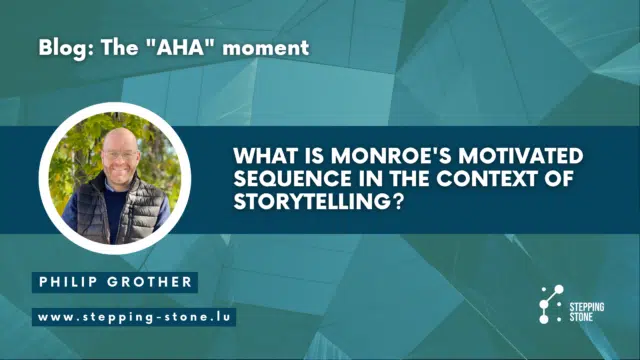Monroe’s Motivated Sequence is a persuasive speech structure developed by Alan Monroe, a communication scholar at Purdue University. It is a step-by-step approach to building a persuasive argument that is designed to effectively motivate an audience to take action.
The sequence consists of five steps:
- Attention: This step involves grabbing the attention of the audience and making them interested in the topic. This can be done through an interesting opening statement, a dramatic demonstration, or a powerful visual aid.
- Need: In this step, the speaker establishes the need for the audience to take action. This may involve presenting a problem or need that the audience is facing, and demonstrating how addressing this problem will benefit them.
- Satisfaction: In this step, the speaker presents a solution to the problem or need that was established in the previous step. This solution should be feasible and satisfactory to the audience.
- Visualization: In this step, the speaker helps the audience to visualize the positive consequences of implementing the solution presented in the previous step. This may involve describing in detail the benefits that the audience will experience as a result of taking action.
- Action: Finally, the speaker calls on the audience to take action. This may involve making a specific request, such as signing a petition or donating to a cause, or it may involve encouraging the audience to think about the issue and make their own decisions about what action to take.
Overall, Monroe’s Motivated Sequence is designed to effectively motivate an audience to take action by presenting a problem, offering a solution, and demonstrating the benefits of taking action.


